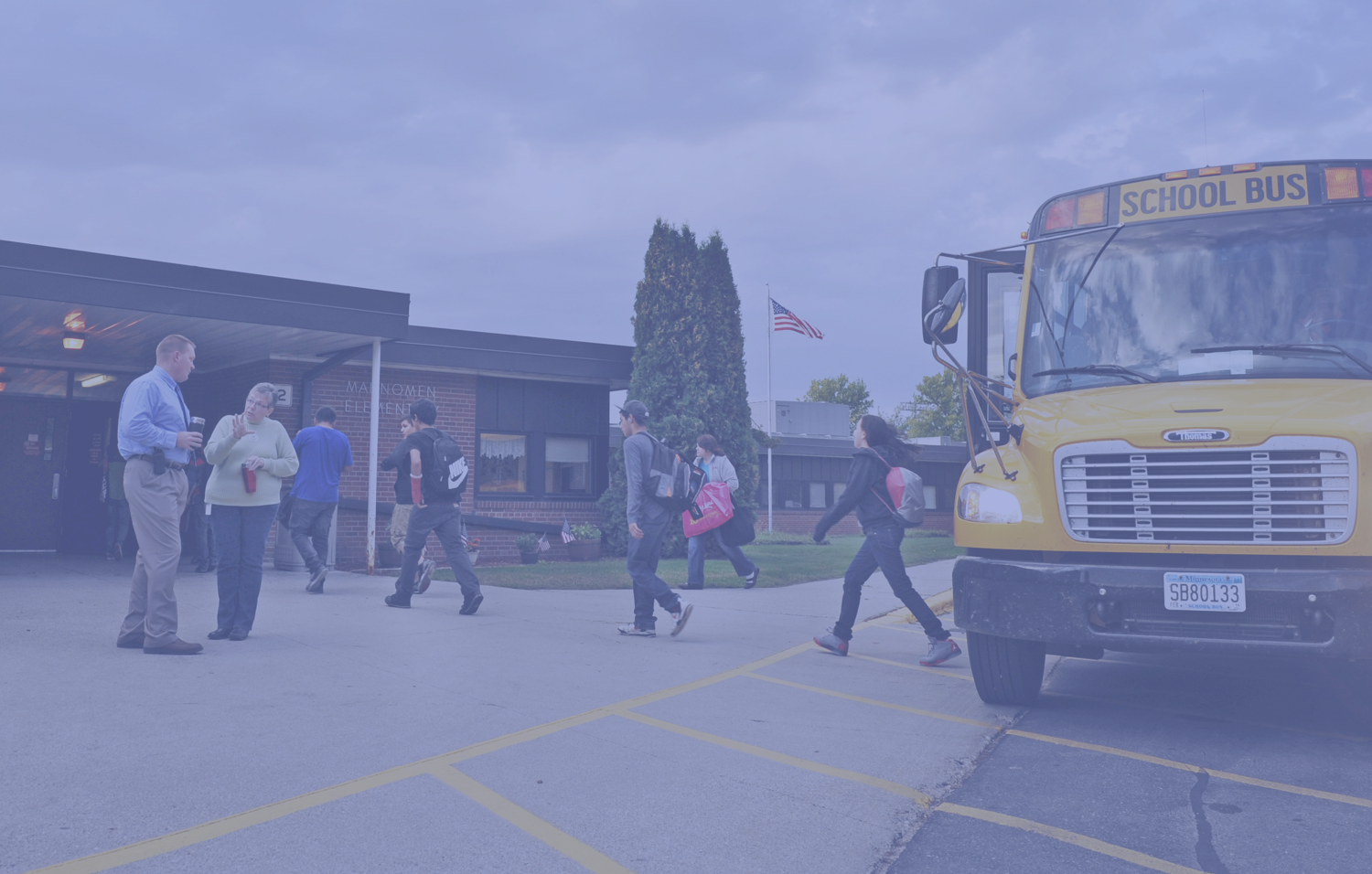The following are the appendices to the 2018 Brown Center Report on American Education.
Chapter 1
Appendix 1.A
Appendix 1.B
Chapter 2
Appendix 2.A: Coding protocol for 50-state inventory
The goal of the 50-state inventory is to identify which states incorporate recommended practices for high-quality civics education into their accountability frameworks for K-12 civics education. As discussed in the text, we began by identifying a set of recommended practices for high-quality civics education: the Six Proven Practices (6PPs). The 2011 report, “Guardian of Democracy: The Civic Mission of Schools,” explains in detail the 6PPs (renamed from their earlier title, the Six Promising Practices). This report was produced by the Campaign for the Civic Mission of Schools in partnership with the Annenberg Institute for Civics of the Annenberg Public Policy Center at the University of Pennsylvania, the National Conference on Citizenship, the Center for Information and Research on Civic Learning and Engagement at Tufts University, and the American Bar Association Division for Public Education.
This report’s predecessor is the “Civic Mission of Schools” report, published in 2003 by the Carnegie Corporation of New York and the Center for Information and Research on Civic Learning and Engagement. Recently, the 6PPs were included in a 2017 report by the Council of State Governments and the Education Commission of the States.1 As part of the 2017 convening, “The Republic is (Still) at Risk,” the corresponding briefing paper describes a “consensus in the field of civic learning” that the 6PPs “are effective when well done” (p. 4). This report was co-sponsored by the Jonathan M. Tisch College of Civic Life at Tufts University, the Lou Frey Institute at the University of Central Florida, the Campaign for the Civic Mission of Schools, and iCivics.
We reviewed recent reports on civics education to determine whether there was a consensus in support of the 6PPs as a high-quality framework for high quality civics education. From this review, we concluded that the 6PPs are recognized as a framework for high-quality civics education. This review includes the following documents:
- “Guidebook: Six Proven Practices for Effective Civic Learning” (Education Commission of the States and National Center for Learning and Civic Engagement 2014)
- “State Civic Education Toolkit” (The Council of State Governments and Education Commission of the States 2017)
- “State Civic Education Policy: Framework and Gap Analysis Tool” (Education Commission of the States 2017)
- “The Republic is (Still) at Risk—and Civics is Part of the Solution” (Levine and Kawashima-Ginsberg 2017)
As discussed in the text, we incorporate four additional aspects of civics education beyond the original 6PPs, based on recent work by a coalition of civics education leaders. The briefing paper “The Republic is (Still) at Risk—and Civics is Part of the Solution” advocated adding four practices to the original six: news media literacy, action civics, social-emotional learning, and school climate reform.2
Furthermore, a number of reports, such as “The Republic is (Still) at Risk,” drew our attention to the “College, Career, and Civic Life Framework (C3)” in addition to the 6PPs. In addition to the keyword search described below, we used Appendix A from “The Republic is (Still) at Risk” to identify whether a state used the C3 in their current standards, scheduled revision of their standards, current curriculum framework, or planned adoption of their curriculum framework.
Keyword search protocol
We then identified the types of policy documents to review for alignment with the PPs: high school course graduation requirements, state standards, and state curriculum frameworks. We include only these policy documents to allow for systematic comparison across states. Given the wide variety of documents that states publish and the variation in whether and how states publicize these documents, we focused on the three documents that we could obtain across all states. Importantly, these three types of documents work together to create the backbone of state accountability frameworks in civics and in other subject areas. Our analysis excludes other types of policy documents where states may address civics education, such as legislation or grant programs.
We then identified which of the PPs we could reasonably expect states to address in these three types of policy documents. After a preliminary review of the content included in these policy documents, we concluded that the two PPs related to extracurricular activities and participation in school governance were not likely to be topics or issues that states included in these documents. Thus, the analysis focuses on four of the original 6PPs that we anticipated states would address in their graduation requirements, standards, and curriculum frameworks: course requirements, discussion of current events, service learning, and simulations of democratic processes and procedures. In addition, of the four areas that experts recommend adding to the original 6PPs, we expected states to address news media literacy in the policy documents reviewed for this analysis. As a result, we also included a keyword search for news media literacy in our analysis.
To identify alignment between the PPs and state high school graduation requirements, state standards, and curriculum frameworks, we used a systematic keyword search of these policy documents for each state. We created a coding protocol that included keywords for each practice. We identified keywords associated with each of the five PPs analyzed here through a review of the 2011 “Guardian of Democracy” report that outlined the PPs, as well as reviewing additional reports that discuss either the PPs themselves or practices related to the PPs. For example, the National Young Leaders Conference provides an in-depth explanation of “service learning,” which was used to inform the keyword search for the service learning practice.3 The coding protocol includes a guide for interpreting whether each keyword was substantively relevant to each PP.
For each state, a research intern searched each relevant document for the keywords that correspond with each PP. If a keyword was found, the coder recorded a “1” for that state and that practice and a “0” otherwise. Our 50-state policy inventory analysis is based on these data from the state keyword searches.
Coding protocol for Proven Practices 50-state inventory
Proven Practice 1: Classroom instruction
- Data source: NASBE high school graduation requirement inventory of social studies requirements
- Using the NASBE high school graduation requirement inventory, search for requirements on Civics, U.S. History, Government, Economics, Law, Democracy, and/or Geography (“Guardian of Democracy” (2011, p. 26) discussion of PP1).
|
Classroom instruction · If any of these courses are required by the state, type “1” in corresponding course cell. |
Proven Practice 2: Incorporate discussion of current local, national, and international issues and events in the classroom, particularly those that young people view as important to their lives.4
- Data source: ECS state standards inventory and/or the ECS state civics curriculum frameworks inventory, as available depending on the state.
- For each state, search for the following keywords:
|
Discussion (of) current, present, contemporary, today(’s) events/issues · If these produce nothing, search individual terms: discussion, current, present, contemporary, today, event, issue. · Ensure that these words are being used in the context of current events. For instance, the keywords “event” and “issue” cannot count if they are in the context of a historical or past event/issue. · If keyword(s) is/are used in a relevant context, type “1” in the “Discussion” cell of corresponding state. If keyword(s) is/are not used appropriately or is/are not mentioned, type “0” in aforementioned cell of corresponding state. |
Proven Practice 3: Service learning
- Data source: ECS state standards inventory and/or the ECS state civics curriculum frameworks inventory
- Requirements of service learning adapted from National Young Leadership Council’s K-12 Service-Learning Standards for Quality Practice (2008).
- For each state, search for the following keywords:
|
Service learning · Service learning provides students with the opportunity to apply what they learn through performing community service that is linked to the formal curriculum and classroom instruction. Therefore, when searching key words you must search for “service learning,” otherwise it cannot count. For instance, “service” or even “community service” does not count as they do not demonstrate a link to the formal curriculum and classroom instruction. · If keyword(s) is/are used in a relevant context, type “1” in the “Service Learning” cell of corresponding state. If keyword(s) is/are not used appropriately or is/are not mentioned, type “0” in aforementioned cell of corresponding state. |
Proven Practice 6: Simulations of democratic processes
- Data source: ECS state standards inventory and/or the ECS state civics curriculum frameworks inventory
- For each state, search for the following keywords:
|
Simulations · Ensure that the mention of simulations is in the context of democratic processes. For example, requiring/encouraging students to hold a mock election is relevant for this practice. · If keyword(s) is/are used in a relevant context, type “1” in the “Simulations” cell of corresponding state. If keyword(s) is/are not used appropriately or is/are not mentioned, type “0” in aforementioned cell of corresponding state.
Specific examples · If states mention examples of simulations (e.g., mock trial/elections, student government, etc.) code for it in the excel document. · If keyword(s) is/are used in a relevant context, type “1” in the “Specific Examples” cell of corresponding state. If keyword(s) is/are not used appropriately or is/are not mentioned, type “0” in aforementioned cell of corresponding state. |
Suggested additional practice: News media literacy
- Data source: ECS state standards inventory and/or the ECS state civics curriculum frameworks inventory
- For each state, search for the following keywords:
|
News/media literacy · If these produce nothing, search individual terms: news, media, and literacy. · Ensure that these words are being used in context of news and/or media literacy. For example, requiring/encouraging students to understand how news and media bias can shape voter understanding of policy issues is relevant for this practice · If keyword(s) is/are used in a relevant context, type “1” in the “News/Media Literacy” cell of corresponding state. If key word(s) is/are not used appropriately or is/are not mentioned, type “0” in aforementioned cell of corresponding state.
Other words for News/Media Literacy: Fake (news) and Bias (news) · Ensure that these words are being used in context of news and/or media literacy. For example, requiring/encouraging students to understand the difference between real and fake news and the biases of different information outlets, is relevant to this practice. · If keyword(s) is/are used in a relevant context, type “1” in the “News/Media Literacy” cell of corresponding state. If keyword(s) is/are not used appropriately or is/are not mentioned, type “0” in aforementioned cell of corresponding state. |
-
Footnotes
- Whitehouse et al. (2017).
- For more details, please see Levine and Kawashima-Ginsberg (2017).
- See the K-12 Service Learning Standards (2008).
- Description of Proven Practice 2 from “Guardian of Democracy” (2011).











